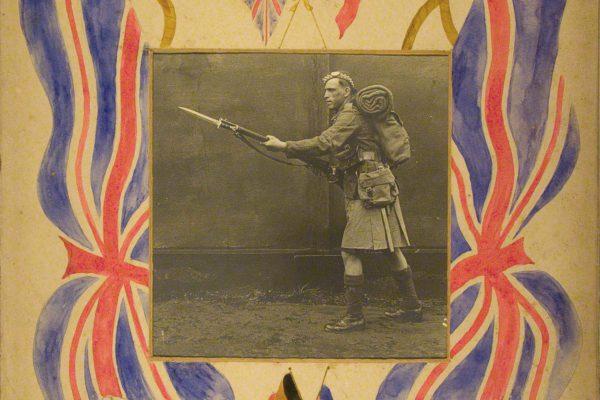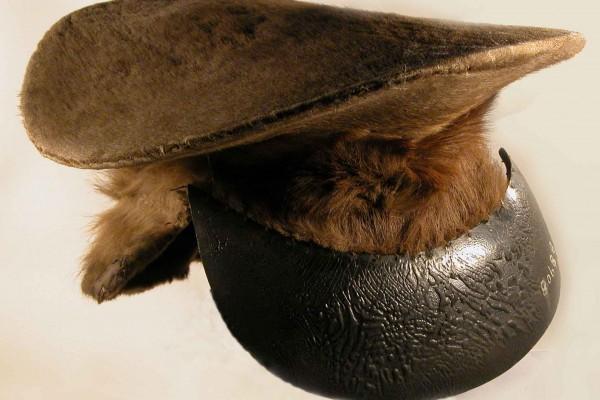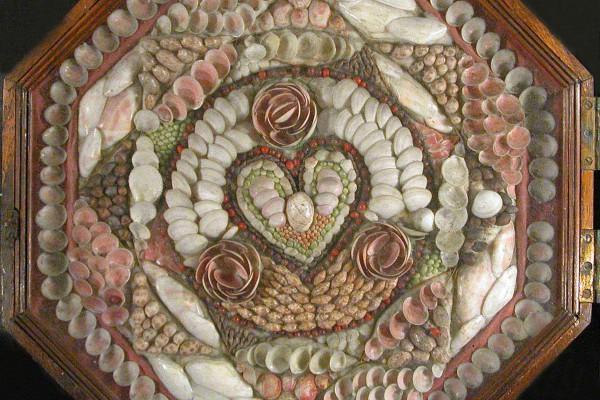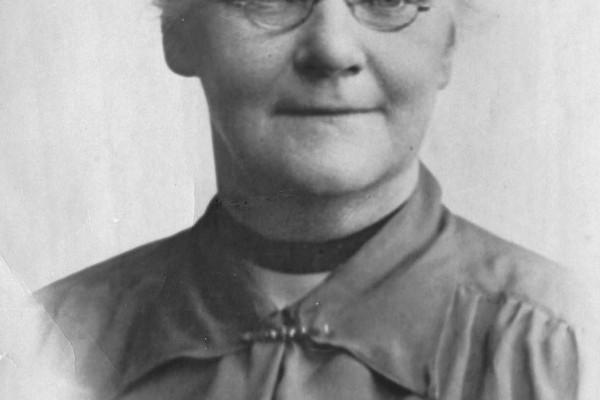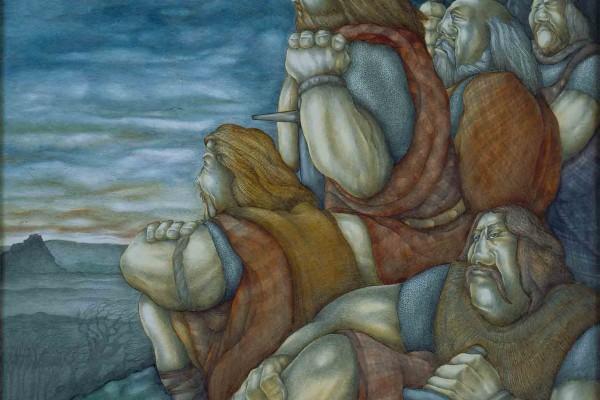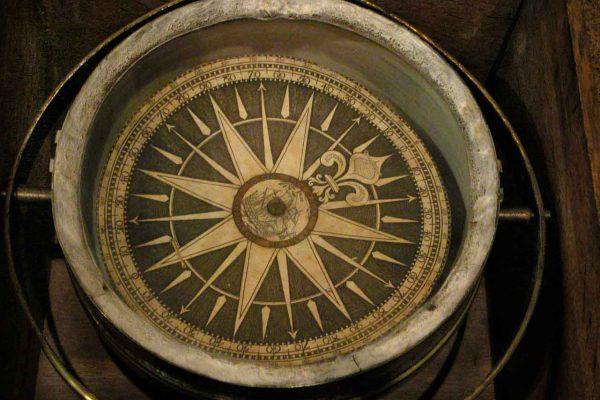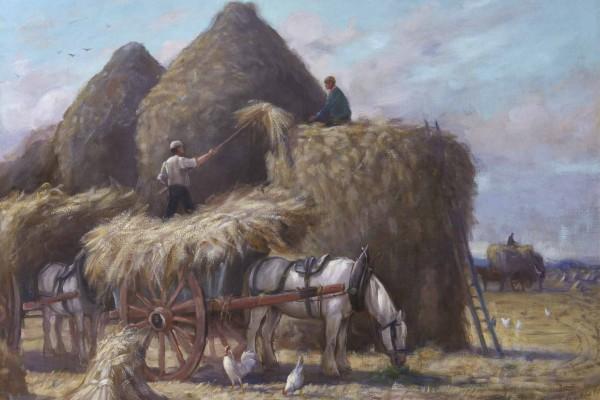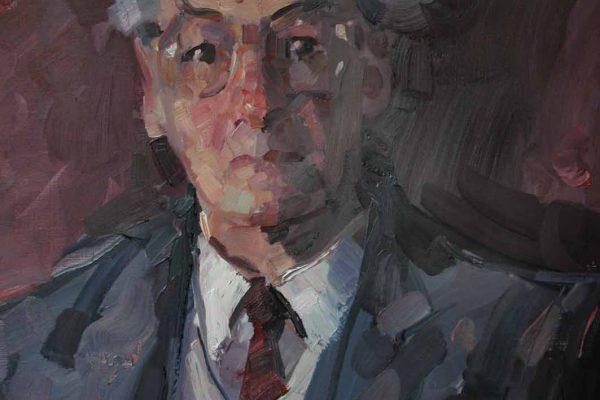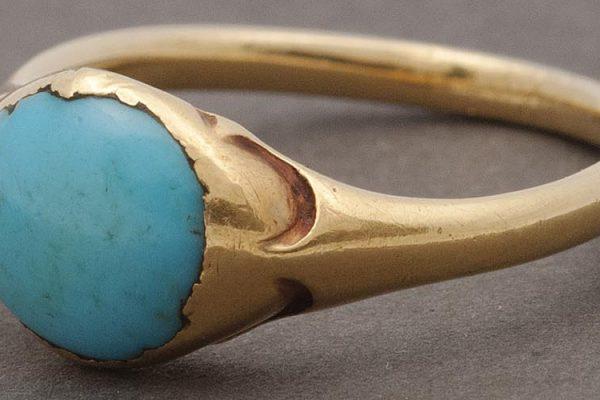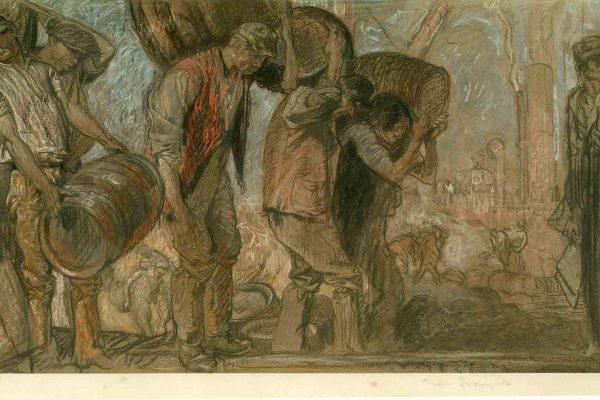Private William Rourke
Since the peace treaty was signed on Armistice Day, 11 November 1918 we have remembered the dead of the Great War, 1914-1919, every November since. Private William Rourke of Caledonia Terrace, St Ninians was one of thousands of young men in Stirling who answered the call to fight against Germany
Body snatcher William Burke’s Cap and Skin
Last week, Stirling Ghost Walk man David Kinnaird introduced Hallowe’en visitors to the more gruesome aspects of the Stirling Smith’s collection. These include the deerskin and leather cap worn by the notorious body snatcher and murderer William Burke (1792 – 1829), who with his accomplice Hare committed at least
Sailor’s Valentine, Black History Month
This is a very good example of a sailor’s valentine of the 1850s in the Stirling Smith collections. It is currently one of the objects highlighted for Black History Month. Sailor’s valentines were made from tiny sea shells arranged in interesting patterns and encased in octagonal glazed boxes. Tradition has
Annie Croall, Founder of the Stirling’s Children’s Home
Founder of the Stirling’s Children’s Home, Annie Knight Croall (1854-1927) is one of the unsung heroines of Scottish history. She was the daughter of the first curator of the Smith Institute, and came from Leeds to Stirling at the age of 19. A deeply spiritual person, her work for neglected
Freedom is Best, Joan Sommerville
This watercolour by Joan Somerville represents the followers of William Wallace awaiting the English army before the Battle of Stirling Bridge in 1297. The Latin inscription beneath is the lesson taught to Wallace by his uncle, the Priest of Dunipace: Freedom is best, I tell thee true Of all things
Ship’s Compass, 1764
Stirling was an important port until the 20th century. For that reason, many seafaring men retired here and some left their working tools to the Stirling Smith like this beautiful compass used by Captain James Forrest. The compass is of French manufacture and is dated 1764. Forrest lived in
The Hay Harvest by M. Fleming Struthers
Struthers was a prolific artist, who exhibited regularly in the Smith and in other local exhibitions. Very little is known about him, and this is currently the only work of his in a public collection. The painting celebrates the glory of a Stirling hay harvest and the construction of hay
Professor Hans Meidner
Hans Meidner was a well-known and respected figure during his life in Stirling. He was German by birth but his anti-Nazi activities forced him to flee, and he became a scientist in South Africa, where he was a strong supporter of Nelson Mandela and the anti-apartheid movement. Hans came to
Flodden and the Ring and Sword of King James IV
500 years ago on 9 September 1513, the Scottish army was defeated at Flodden. King James IV, and an estimated 10,000 men – including two bishops, two abbots, twelve earls, thirteen lords, five eldest sons of lords, and about 300 of Scotland’s most influential men – were killed. For generations,
Beer Porters by Frank Brangwyn (1867 – 1956)
This scene may be familiar to older readers of the Observer in more ways than one. Stirling was at one time a brewing centre, and workplace scenes such as this must have been common in breweries like St. Ninian’s Well, Burdens and Duncan’s. The image was sketched as part of
Search the blog
Recent Posts
Blog Categories
- Blog Post (253)
- Collections (203)
- Events (36)
- Exhibitions (64)
- Intern Reports (3)
- Intern Reports (1)
- Press Releases (5)
- Stirling Stories (260)
- Uncategorized (7)
- Volunteering (8)

